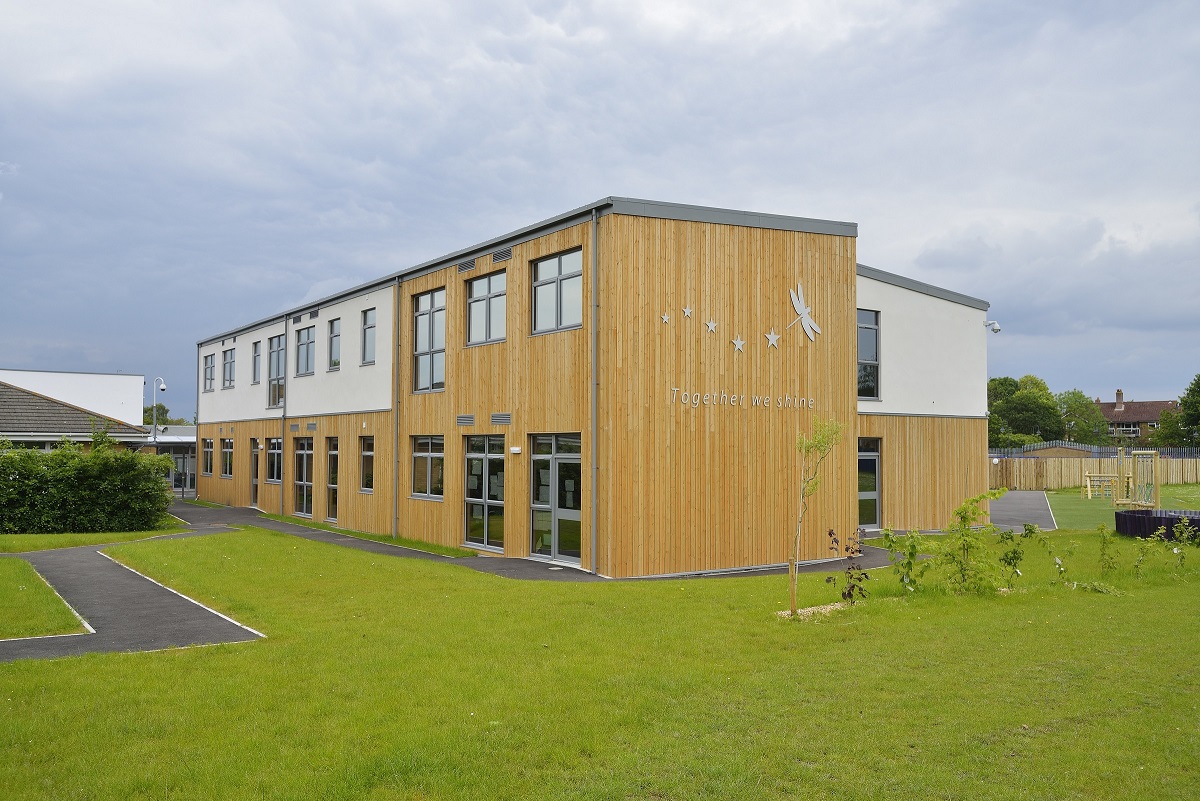Characteristics of what makes a great school classroom
Every schools wants to design and build the best classrooms for their pupils. To find out how to do this read below and see how Modulek deliver this.

What are the fundamental characteristics that make a classroom beneficial to a pupils learning environment with Modulek case studies.
“Based on the results of the HEAD Project… clear evidence has been found that well-designed schools boost children’s academic performance in reading, writing and maths.”
Clever classrooms Summary Report
Thanks to our extensive work in the sector, we know that education institutions have numerous challenges when thinking about new building design and how to accommodate pupil and teaching needs. .
At the heart of it all, every school wants the solution that works best for their students. It is well understood that the learning environment is an important factor when it comes to improving learning outcomes.
All schools, whether independent or private, have their own budgetary constraints and considerations. When your school has the opportunity to develop new buildings, we understand that you want to get the most out of that opportunity.
With this in mind, it is important to understand the characteristics of good school buildings.
Good school buildings put students at ease, provide security and offer an environment they can feel proud of. Comfort is key. Sufficient space and good lighting (preferably natural light are non-negotiable. Dark, cramped classrooms fail to facilitate learning. Beyond this, good classrooms have clear acoustics, high air quality and a balanced temperature.
Here are three practical examples from projects Modulek has actually worked on.
3 Characteristics of Great School Buildings
1. Space
Space is both practical and psychological. Small spaces can feel cramped, claustrophobic, unwelcoming. They also restrict how many educational materials can be stored within easy reach of teachers and students.
Research has shown that rooms with low ceilings are linked to increased cortisol levels, an indication that cramped classrooms lead to stressed students.
Example of A Spacious Classroom
Click on the image to read our case study for Solihull 6th Form College

This brand new 2 storey Science and Technology space has a bright and spacious feel and demonstrates the advantages of planning and using space. Numerous items of laboratory equipment can be easily accessed around the perimeter of the room. There is enough room between each station so that work can be done in groups.
2. Natural Light
Daylight is an essential element of the lighting of any room, and classrooms are no exception. Though artificial light is needed to supplement natural light sources, good building design maximises available light from the sun as the main light source. We all know the glum feeling of being in a room with no windows.
According to studies at The University of Mississippi, students seem to learn better in brightly lit rooms (Sources: 1, 2).
Example of A Well Lit Classroom
Click on the image to read our case study for Heathlands Primary School
This classroom at Heathlands Primary School enjoys maximum natural light via full-size and half size windows. This is supplemented by large LED panels in the ceiling to provide soft artificial light. All the windows are equipped with blackout roller blinds. This way, optimal lighting can be achieved in all conditions, from an overcast day to dazzling summer sun.
Is your school planning new classrooms?
Talk to the education construction experts: Modulek Educational Buildings
3. Temperature & Air Quality
Student health is affected by pollutants in the air. The impact will be even worse for children who suffer from asthma, which could be more than 10% of students. For this reason regulations for air quality in classrooms demand that CO2 levels do not exceed a daily average of 1500ppm.
The headcount to floorspace ratio should also be considered here. Larger rooms have an advantage when it comes to air quality, especially those with large windows and skylights. Mechanical ventilation is added, and CO₂ sensors control the level of air conditioning needed to ensure ideal learning conditions.
Example of Classroom With Great Air Quality
Click on the image to read our case study for Ringwood School The ceiling ventilation system for Ringwood School meets all the fresh air demands of the students and teachers. The air conditioning solution provides optimum heat recovery in all external conditions.
The ceiling ventilation system for Ringwood School meets all the fresh air demands of the students and teachers. The air conditioning solution provides optimum heat recovery in all external conditions.
Conclusions
Cramped, dimly lit and stuffy classrooms impair the concentration of students, affecting their ability to perform well in tests, potentially affecting their future prospects. That is why it is so important to understand characteristics of good school classrooms.
Research carried out at University of London came to this conclusion:
“From the limited research focusing on young children, we know that elevated temperatures and humidity are associated with adverse effects on pupil achievement and behaviour.
Another study looked at the “thermal, luminic, acoustic and ergonomic comfort” of classrooms, and came to a conclusion that should be intuitive to us all: children learn better when they are comfortable.
That is why it is important for schools to work with a partner that understands how construction choices affect the happiness and learning outcomes of the people who use those spaces.
Our award-winning team are experts in the education space.
Find out why you should choose Modulek today.



